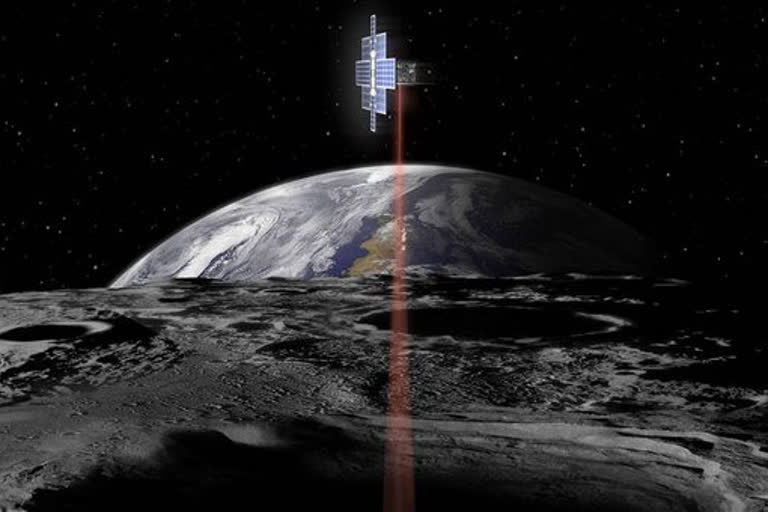Washington: The US space agency is planning to send a small satellite about the size of a briefcase -- also known as a CubeSat which will use lasers for the first time to detect naturally occurring surface ice believed to be at the bottom of craters on the Moon that have never seen sunlight.
Called Lunar Flashlight, it will also be the first planetary spacecraft to use a green propellant, a new kind of fuel that is safer to transport and store than the commonly used spacecraft propellant hydrazine, NASA said on Monday.
"A technology demonstration mission like Lunar Flashlight, which is lower cost and fills a specific gap in our knowledge, can help us better prepare for an extended NASA presence on the Moon as well as test key technologies that may be used in future missions," said John Baker, Lunar Flashlight project manager at NASA's Jet Propulsion Laboratory in Southern California.
Read Also:Julian Assange's extradition hearing postponed till November due to coronavirus crisis
Over two months, Lunar Flashlight will swoop low over the Moon's South Pole to shine its lasers into permanently shadowed regions and probe for surface ice.
Found near the North and South Poles, these dark craters are thought to be cold traps that accumulate molecules of different ices including water ice.
The molecules may have come from comet and asteroid material impacting the lunar surface and from solar wind interactions with the lunar soil.
"The Sun moves around the crater horizon but never actually shines into the crater," said Barbara Cohen, principal investigator of the mission at NASA's Goddard Space Flight Center in Greenbelt, Maryland.
Read Also:Record 50.8 million people internally displaced globally: Report
